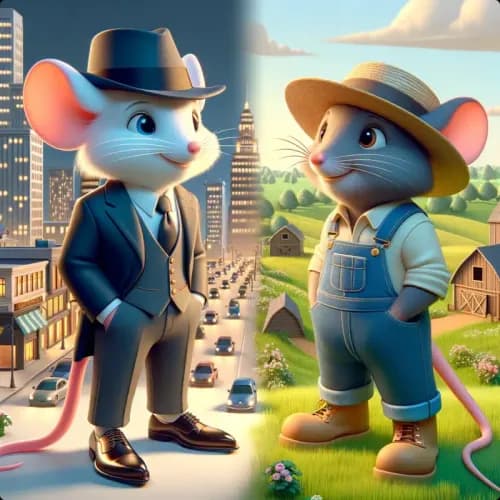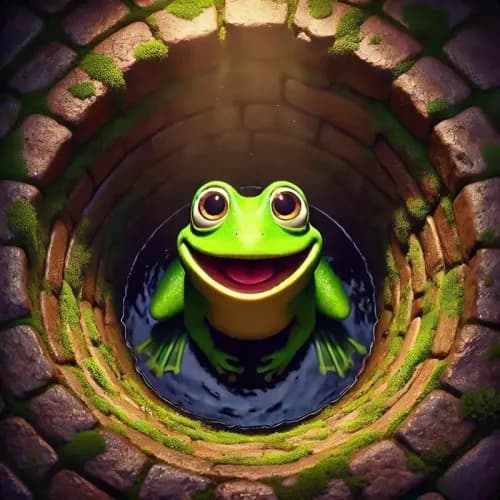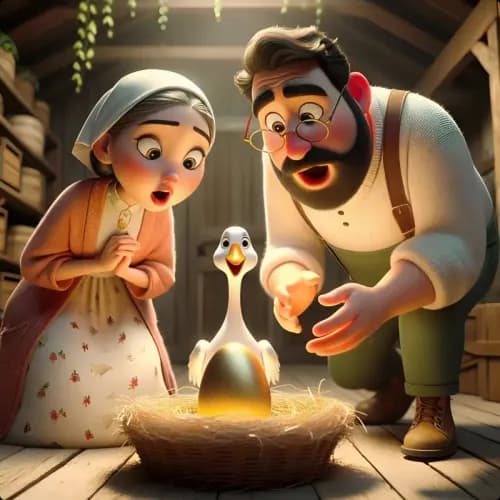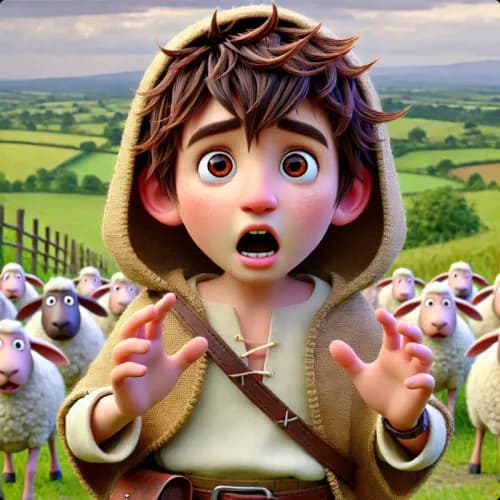Aesop | Greece
Der Fischer und der kleine Fisch
Ein armer Fischer fängt einen winzigen Fisch, der um sein Leben bittet, aber der Fischer nimmt ihn mit nach Hause.

Es war einmal in einem kleinen Dorf am Meer. Dort lebte ein Fischer, der nicht viel Geld hatte. Jeden Tag ging er zum Meer und warf sein Netz ins Wasser, um Fische zu fangen. Eines Tages, als er sein Netz zurückzog, sah er einen winzigen Fisch darin gefangen. Dieser Fisch war wirklich klein, fast wie ein Babyfisch, und der Fischer fühlte sich ein bisschen traurig, als er ihn ansah.
Der winzige Fisch hatte Angst und begann, mit dem Fischer zu sprechen: "Bitte, lieber Fischer, lass mich zurück ins Meer! Ich bin jetzt noch zu klein, aber ich verspreche dir, wenn du mich freilässt, werde ich groß und stark. Dann kannst du mich wieder fangen, und ich werde viel mehr wert sein."
Der Fischer schaute den kleinen Fisch in seiner Hand an und dachte über das nach, was er gesagt hatte. Doch dann schüttelte er den Kopf und sagte: "Nein, kleiner Fisch. Ich habe dich jetzt, und ich kann dich nicht freilassen. Es ist besser, jetzt etwas Kleines zu haben, als auf etwas Größeres zu warten, das vielleicht nie passiert."
Daraufhin legte der Fischer den winzigen Fisch in seinen Korb und nahm ihn mit nach Hause.
















